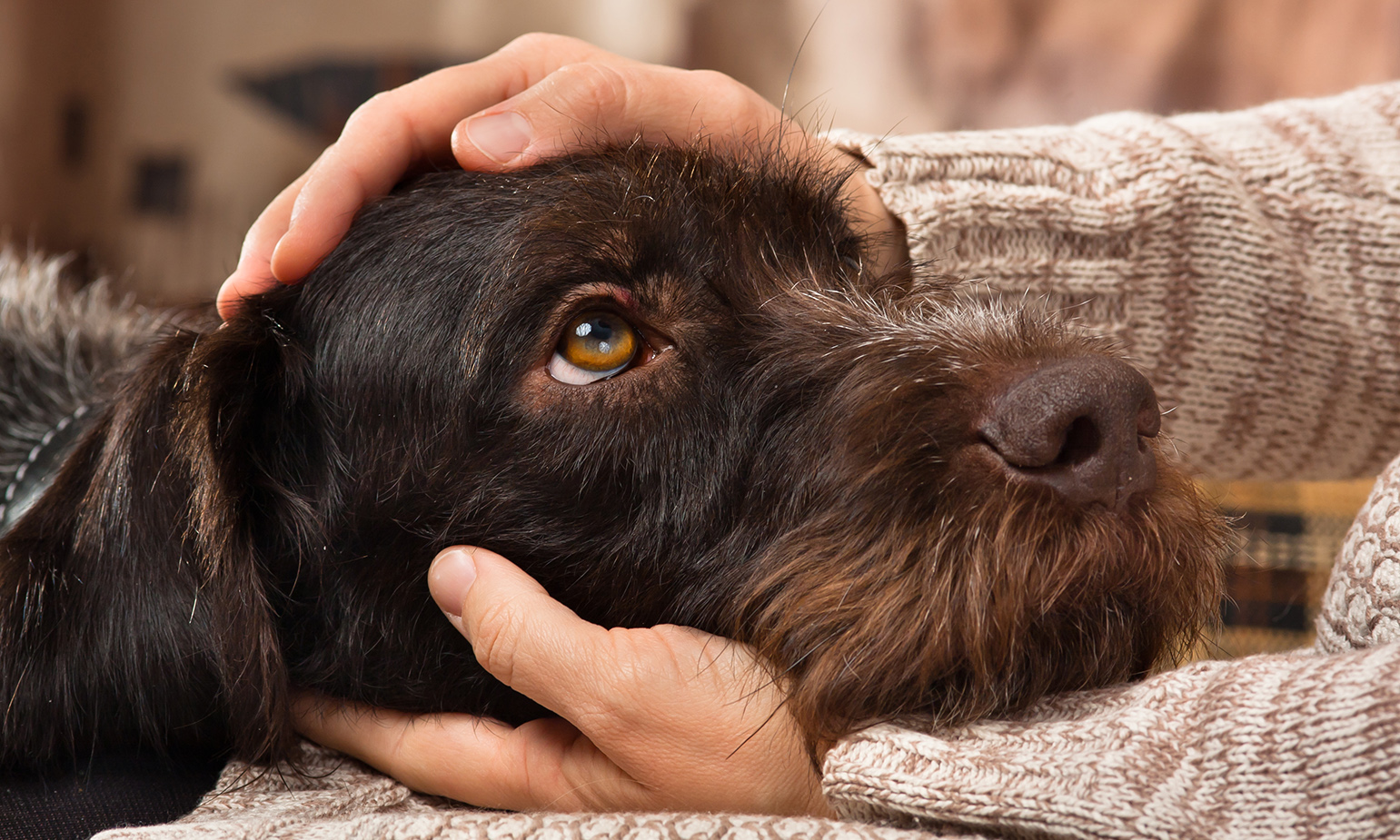New research examines how interacting with pets impacts cortisol tiers among college students. Pet proprietors have long recognized — or felt — that spending time with their loved animal companion lowers stress and improves temper.
A sizable evaluation that Medical News Today said included several testimonials from people living with intellectual fitness situations who vouched for the emotional consolation and mental blessings their pets delivered them.
In truth, the evaluation concluded that pets have to be a part of patient care plans due to their valuable contribution to human beings’ mental fitness and properly-being.
Now, new research provides extra medical credibility to those claims. Researchers Patricia Pendry, a partner professor in the Department of Human Development at Washington State University in Pullman, and Jaymie L. Vandagriff, of the identical branch, examined pets’ effect on the physiology of college students.

The researchers published their findings in the journal AERA Open of the American Educational Research Association.
Pets lower cortisol tiers. The scientists recruited 249 college students and divided them into four companies:
In one organization, people were free to spend time with cats and dogs for 10 mins, stroking and gambling with the animals.
Another organization determined different human beings interacting with the animals while expecting their turn.
Another institution watched a slideshow of the animals.
The very last institution surely sat and waited in silence.
Pendry and Vandagriff also collected samples of the members’ saliva and tested their cortisol ranges in the morning and after the intervention. Cortisol is a hormone that the frame secretes in reaction to pressure.
To observe the outcomes of the intervention on cortisol degrees, the researchers applied multivariate linear regression analyses.
The evaluation revealed that the students interacting with the animals had notably lower cortisol tiers after the intervention. These outcomes happened irrespective of whether the contributors’ initial cortisol stages were excessive or inadequate at the start of the observation.
“Students in our study that interacted with cats and puppies had a good-sized discount in cortisol, a primary pressure hormone,” reviews study co-creator Pendry.
She provides, “We already knew that scholars experience interacting with animals and that it facilitates them revel in extra high-quality emotions.”
“What we wanted to analyze become whether this publicity could help students reduce their pressure in a much less subjective way. And it did; that’s interesting because the discount of stress hormones may also, over time, have big blessings for physical and mental fitness.”
Patricia Pendry
“Just 10 mins can have a sizable impact,” provides Pendry; however, she and her colleagues now plan to look at the effect of a comparable 4-week application, wherein animals could optimistically assist in relieving pressure. The initial results are promising.
This became the primary observation to contain university students and show reductions in the strain hormone cortisol ranges in a real existence placing in place of a laboratory.
Once the shoots reach six and nine inches, reduce them above the roots and transplant the hearts to your lawn. Like regular potatoes, you can plant seed candy potatoes, chunks of potatoes with one or “eyes” in wet sand or mild soil. Lay these seed sweet potatoes about an inch aside and cover them with 2 to four inches of light soil or sand. Just like slips, upload some other inch or so of sand or mild soil as soon as the shoots appear. The seed yams will grow first-class at soil temps around 80F, after which 70F once the shoots emerge. Transplant the roots into your lawn in around six weeks as soon as the nighttime temps live above 50F and the daylight temps range from approximately seventy-five to 95F.
STARTING YOUR SWEET POTATOES AND YAMS INDOORS
As stated in the previous phase, using a mild soil mix, sand, or maybe sawdust to begin developing your sweet potatoes/yams interior is quality. Because sweet potatoes and yams are root crops, using a container or bathtub around 6 to eight inches deep is excellent. Place the slips on the light soil or sand and cover them with a few inches of soil. Once the shoots are up, add another inch of soil. In about six weeks, you may pull up the shoots and roots and transplant them to your organized lawn vicinity.



